With its reputation as one of the best dive destinations in the world, the Maldives is at the top of the bucket list for avid divers and newcomers to the sport who want their early experience of diving to be exceptional.
With two hotels in the Maldives – in the North and South Ari Atoll – Constance Halaveli and Constance Moofushi have become havens for dive enthusiasts wanting to combine a luxury holiday with a great choice of dives.
In this article we uncover a curated collection of extraordinary Maldives dive experiences awaiting you. We’ve handpicked a variety of immersive adventures that promise to captivate your underwater journey. Additionally, discover valuable tips on the best time for diving in the Maldives and what to anticipate, ensuring you make the most of your Maldives diving holiday.
How to ensure optimum visibility during your Maldives diving trip?
It’s a disappointment if you want to dive in crystal clear waters only to find the water is murky, churned up, or the reef is in poor condition.
Visibility when scuba diving in the Maldives can vary depending on several factors, including the location, weather conditions, and time of year. In many dive sites around the Maldives, you can often expect visibility to range from 20 to 50 meters (65 to 130 feet) or even more on a good day. The crystal-clear waters of the Indian Ocean surrounding the Maldives contribute to the fantastic underwater visibility.
Visibility can be affected by factors such as currents, weather conditions, and the presence of plankton or other particles in the water. While some dive sites offer excellent visibility, others may have slightly reduced visibility due to these factors.
To maximise your chances of experiencing optimal visibility during your Maldives diving experience, consider diving during the dry season, choosing dive sites known for clear waters, and checking with local dive operators for current conditions and recommendations.
When is the best time to go scuba-diving in Maldives?
The Maldives is a fantastic year-round destination for diving water temperature ranges from 27 to 30ºC (80 to 86ºF). However, the best time to dive may depend on your preferences and what you want to experience, your preferences for marine life encounters, weather conditions, and other factors.
The Dry Season in the Maldives, spanning from December to March, stands out as an optimal period for diving enthusiasts. Characterised by crystal-clear waters, this timeframe enhances the overall underwater experience. The seas remain calm, and the minimal rainfall creates ideal conditions for pleasant and undisturbed dives. Moreover, this season presents a prime opportunity to encounter majestic pelagic species.
The Wet Season in the Maldives, spanning from May to October, unveils a distinctive and enchanting underwater world. Despite occasional rain and stronger currents, diving remains both possible and enjoyable during this period. What sets this season apart is the opportunity to witness a surge in marine life vibrancy. The increased presence of plankton attracts majestic creatures like manta rays and other filter-feeding species, creating a mesmerising spectacle beneath the waves. Adventurous divers may find the Wet Season to be a rewarding time, offering unique encounters and a chance to witness the thriving marine ecosystem in its full splendour.
What are the best diving experiences in the Maldives?
From hidden coral gardens teeming with colourful fish to adrenaline-pumping drift dives alongside majestic manta rays or whale sharks, the Maldives offers an unparalleled diving experience. So, let us delve into the best dives the Maldives has to offer, where every descent promises an unforgettable encounter with the treasures of the deep.
Shark diving in the Maldives
Diving with sharks in the Maldives is a thrilling adventure, attracting divers to encounter a variety of shark species, including grey reef sharks, white-tip reef sharks, and seasonal aggregations of hammerhead sharks. The crystal-clear waters and vibrant coral reefs create an ideal setting for unforgettable shark encounters.
At Constance Moofushi, the Blue Tribe Diving Centre offers guests to complete a PADI shark diver certification. Hugely popular, this is an exhilarating dive for those wanting to experience the underwater world of the Maldives. Read more on shark diving at Constance Moofushi.
Diving with manta rays and whale sharks
The Maldives is globally renowned for being a hotspot for encounters with these majestic marine creatures. Diving with whale sharks and manta rays in the archipelago is a must-do experience for its visitors.
Constance Moofushi has earned itself an international reputation as having one of the best house reefs in the Maldives. It’s on the migration route of a number of rare ocean species including whale sharks, one of the most beautiful creatures to spot on a Maldives dive.
Wreck diving in the Maldives
While the Maldives is not primarily known for its shipwrecks as some other dive destinations, there are still a few intriguing wreck dive sites worth exploring in the region.
There are a several wrecks within a short boat ride away. Enjoy the journey in a traditional Maldivian dhoni before diving into a world of turtles, stingrays, white tip reef sharks, manta rays and napoleon wrasse. Read more on wreck diving in the Maldives.
Night diving in the Maldives
Night diving in the Maldives is a captivating experience that allows divers to explore the underwater world in a different light, quite literally. Many dive sites in the Maldives offer night diving opportunities, providing a unique perspective on marine life and behaviours not often observed during daylight hours.
At Moofushi, we run night dive sessions in shallow water. In contrast to a daytime dive, predators are out hunting while a still calm descends on other parts of the reef. Keep your eyes open for the Moray eels in search of prey. Read more on night diving at Constance Moofushi.

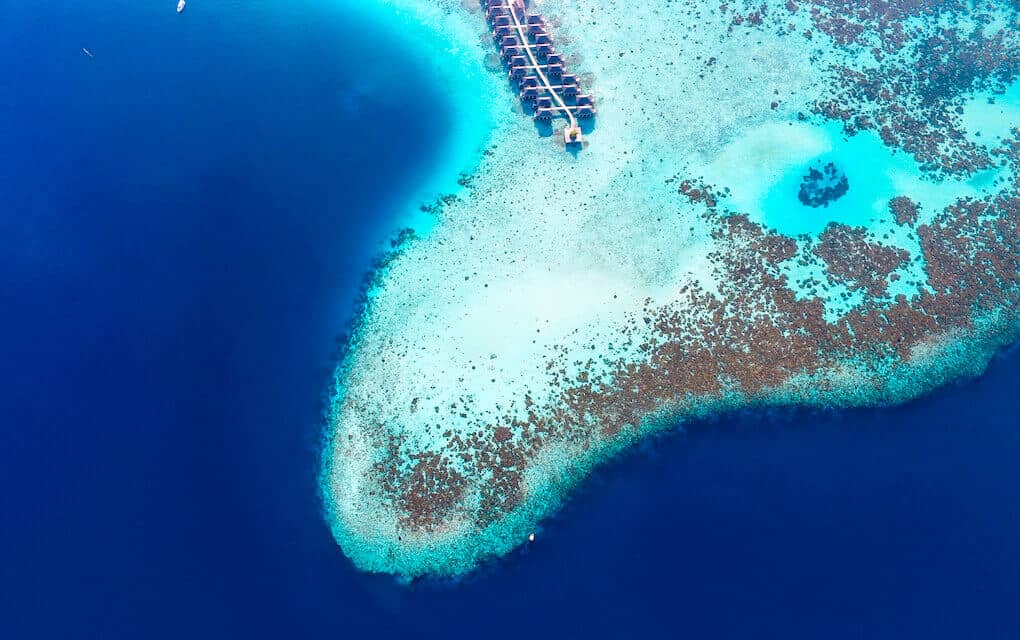


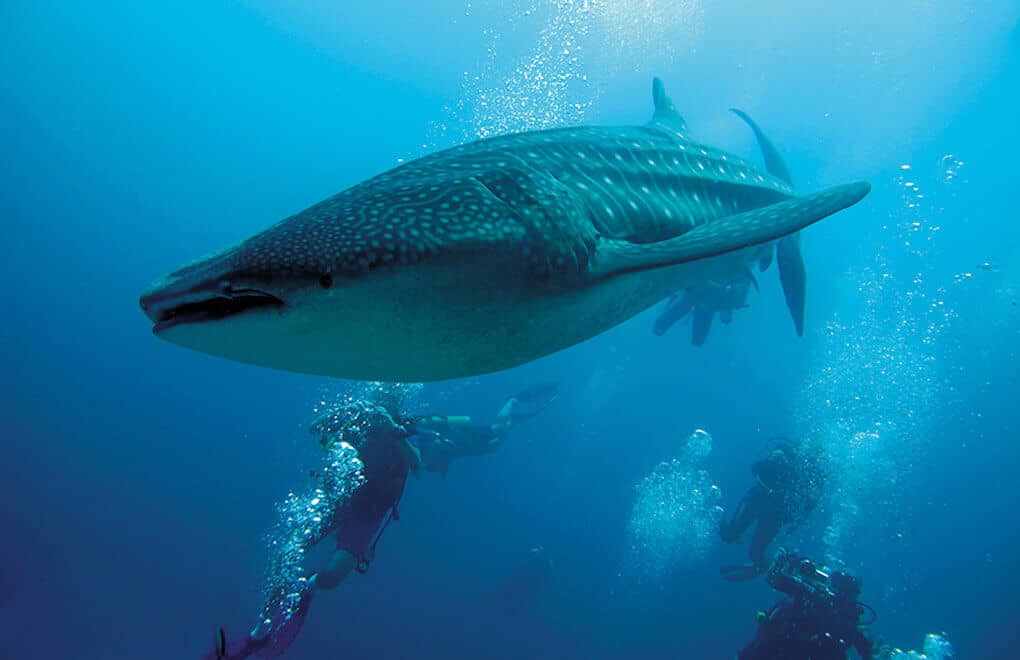
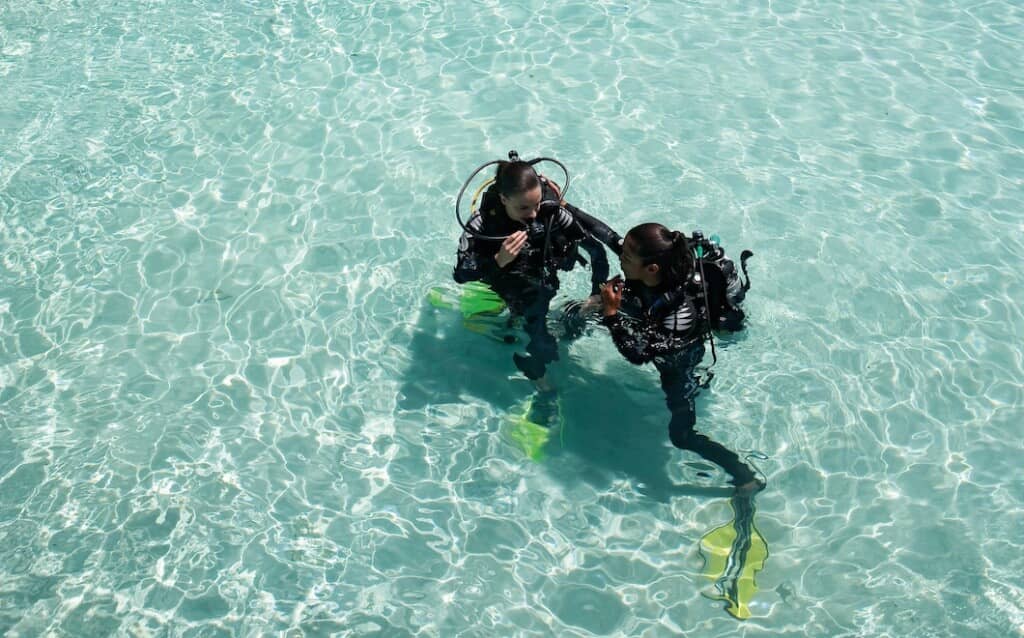

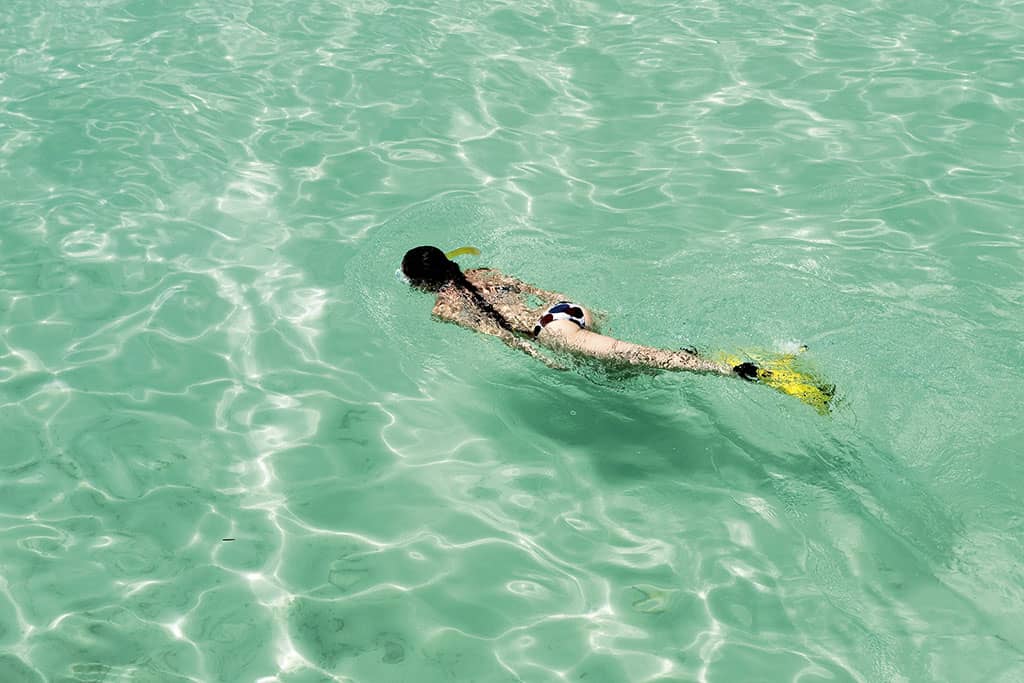
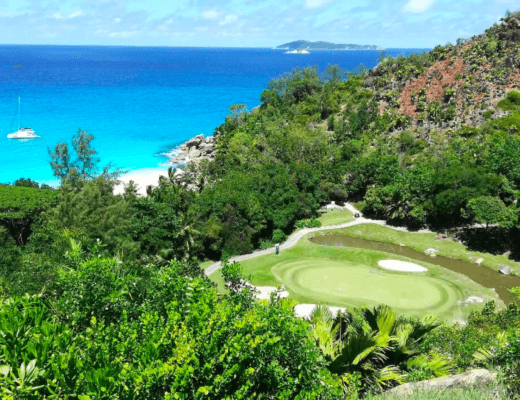
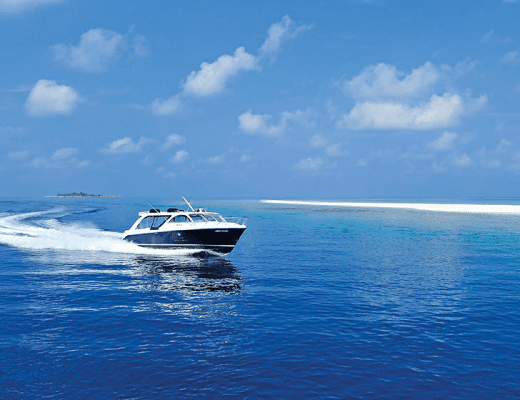
No Comments